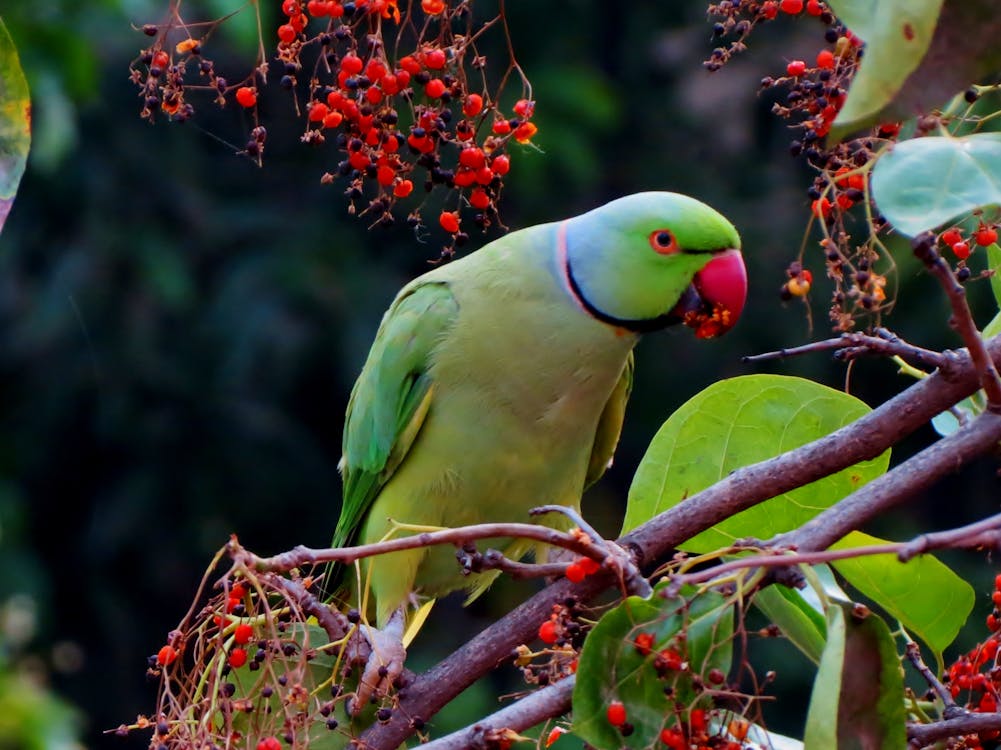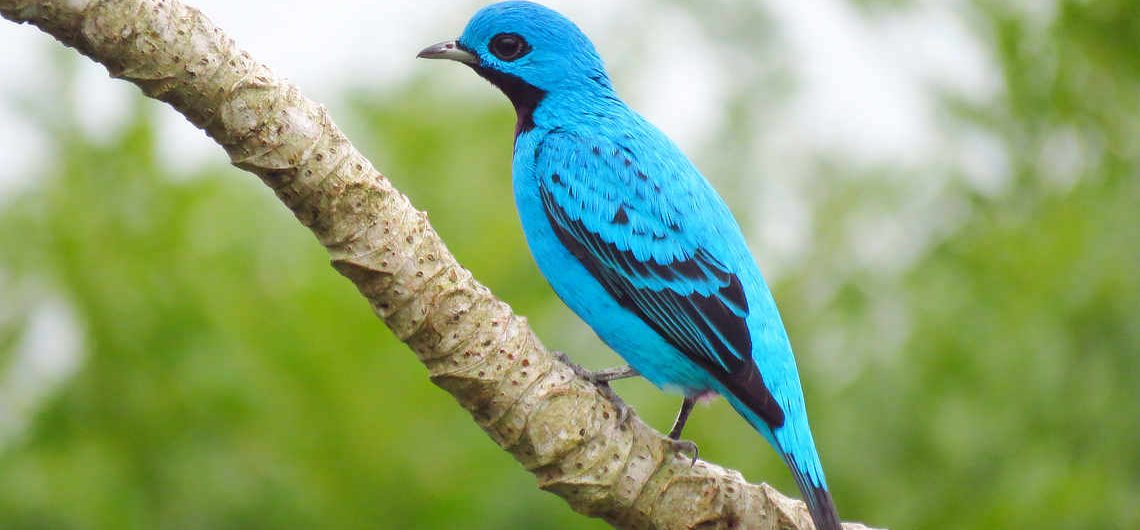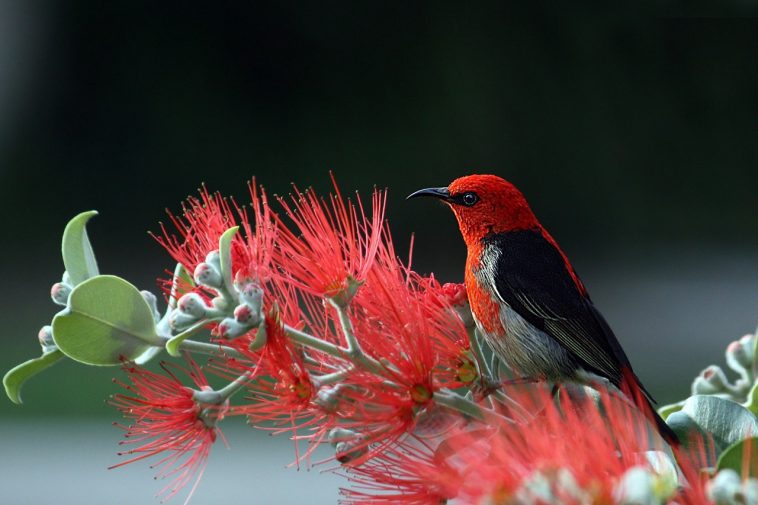If you’re at all interested in the environment, and specifically in the world’s rainforests, then chances are you’ve heard of the Amazon rainforest, which is located in South America between the countries of Brazil, Peru, Colombia, Venezuela, Ecuador and Bolivia. Within this region lies an area called Amazonia – 3 million square miles of tropical forests that support the largest number of species of plants and animals found anywhere on Earth, including thousands upon thousands of species of different types of birds.
Great Kiskadee
Contents

When you think of birds in the Amazon rainforest, what comes to mind? Giant anacondas? Poisonous dart frogs? Did you know that around 250 species of bird call Brazil’s lush landscape home? From toucans to parrots and macaws, there are plenty of stunning species to discover. Today we’re going to give you a tour of ten amazing birds that live in Brazil’s tropical forests. Want even more details on these incredible creatures?
Golden-Winged Manakin
One of most popular birds in South America, the Golden-Winged Manakin is known for its delightful dance routine. They can be found flitting through forest canopies and are very adaptable to many habitats. When they’re not dancing, you’ll find them looking for food, which consists mostly of fruit.
Red-Breasted Pygmy Parrot

The smallest of all parrots, it has a red breast, white cheeks and green wings. They live to be about 15 years old and can learn to mimic human speech. It is native to tropical South America where it lives in groups consisting of several pairs that have a breeding territory.
Curl-Crested Aracari
Found in Venezuela, Brazil and Peru, Curl-crested Aracaris are related to toucans. These birds have a long beak that they use to catch insects as well as small vertebrates. Because of their tendency to peck rather than bite, these colorful birds are believed to be non-threatening and can often be seen near people who live in regions with these animals.
Blue Cotinga

Found in eastern South America, particularly Brazil, Bolivia and Peru, blue cotingas are excellent hunters. They usually remain hidden and still in one spot for several hours or even days at a time, waiting for unsuspecting prey to wander by. Once their target is within range, they rapidly snatch it up with their feet before swallowing it whole. Because of their unique hunting style (they’re more similar to owls than other birds), they have extremely sharp vision and can see in dim light.
Yellow-Throated Euphonia
There are approximately 1,400 bird species in Brazil and only around 250 of those are easily spotted. However, that doesn’t mean there isn’t plenty to see. One such example is a tiny little bird called a Yellow-Throated Euphonia. Despite its small size, these birds were once thought to be exotic in Europe because they were highly sought after by bird collectors back in the 19th century.
Green Kingfisher

Kingfishers live in colonies close to water and are highly territorial, with a home range of up to 100 square meters (about 1,000 square feet). They’re most commonly blue or green and have long, heavy bills. They often perch on an overhanging branch near water, diving into it after fish. Kingfishers have been seen hoarding fish in tree holes or burrows for future meals.
Rufous Motmot
Although it might be considered dull compared to its cousin, the Jabiru, we think you’ll find that Rufous Motmot is still pretty cool. Its Latin name (Baryphthengus rufus) literally translates as red-brown colored bird, which doesn’t say much about what makes it special. For one thing, it lives in South America and has a rainforest habitat which is becoming increasingly rare due to deforestation.
Chestnut Piculet

The Chestnut Piculet is a small, parrot-like bird that feeds on insects and nuts. It’s also one of many animals in South America that have evolved to be dependent on symbiotic relationships with other species. Some plants produce special nectar for birds like Chestnut Piculets—that nectar then becomes food for other creatures in turn, completing a food chain. Without its links in these chains, our planet might not hold as much life as it does today.
Blue-Fronted Amazons
One of my favorites, blue-fronted amazons are native to central and southern Brazil, Bolivia, Paraguay and northeastern Argentina. They’re found in a variety of habitats including grasslands, forests and mangroves. These medium-sized parrots are known for their yellow chest and gray belly. They usually hang out in pairs or small flocks but can sometimes be seen with other blue-fronted amazons.



GIPHY App Key not set. Please check settings